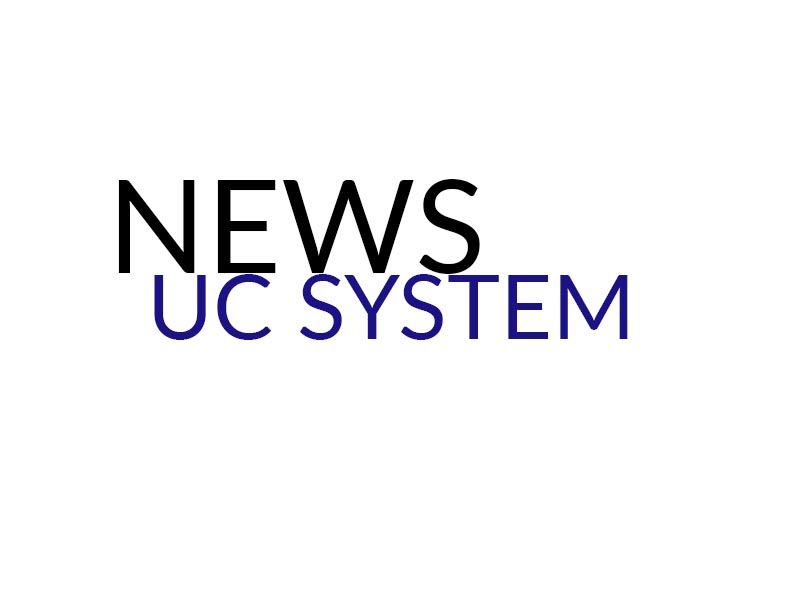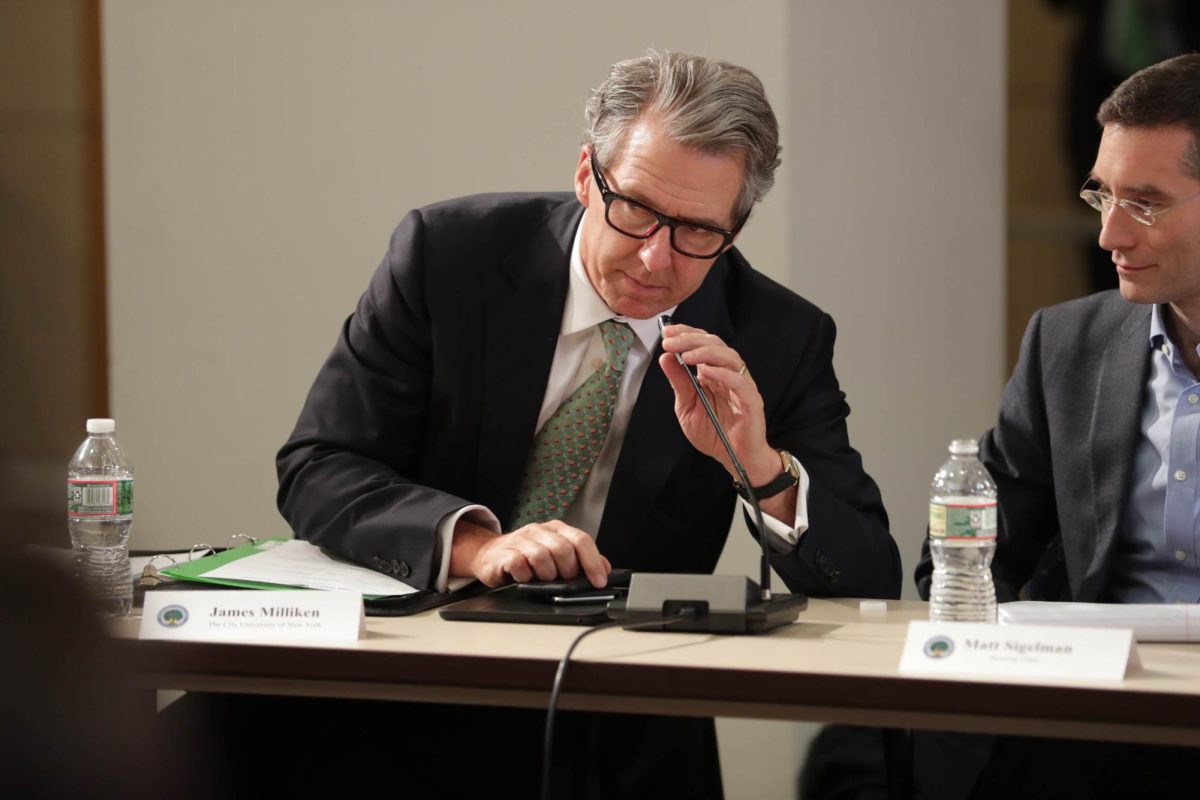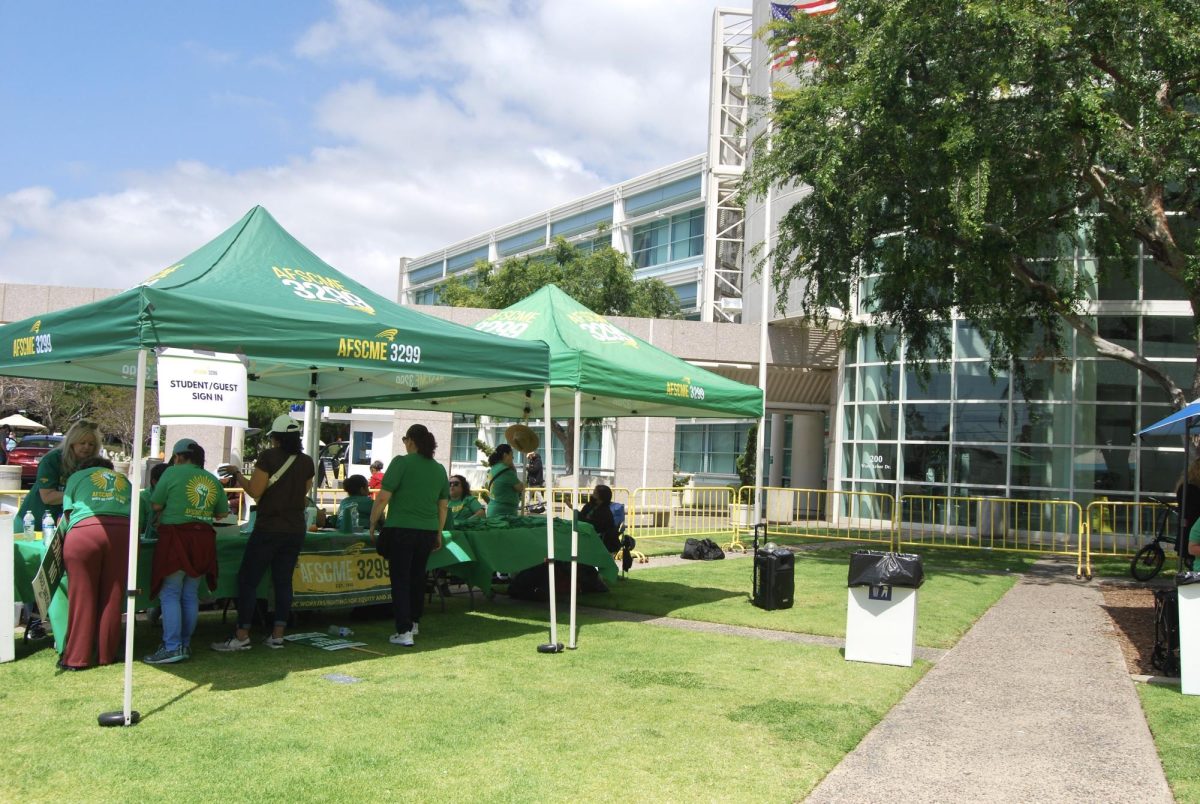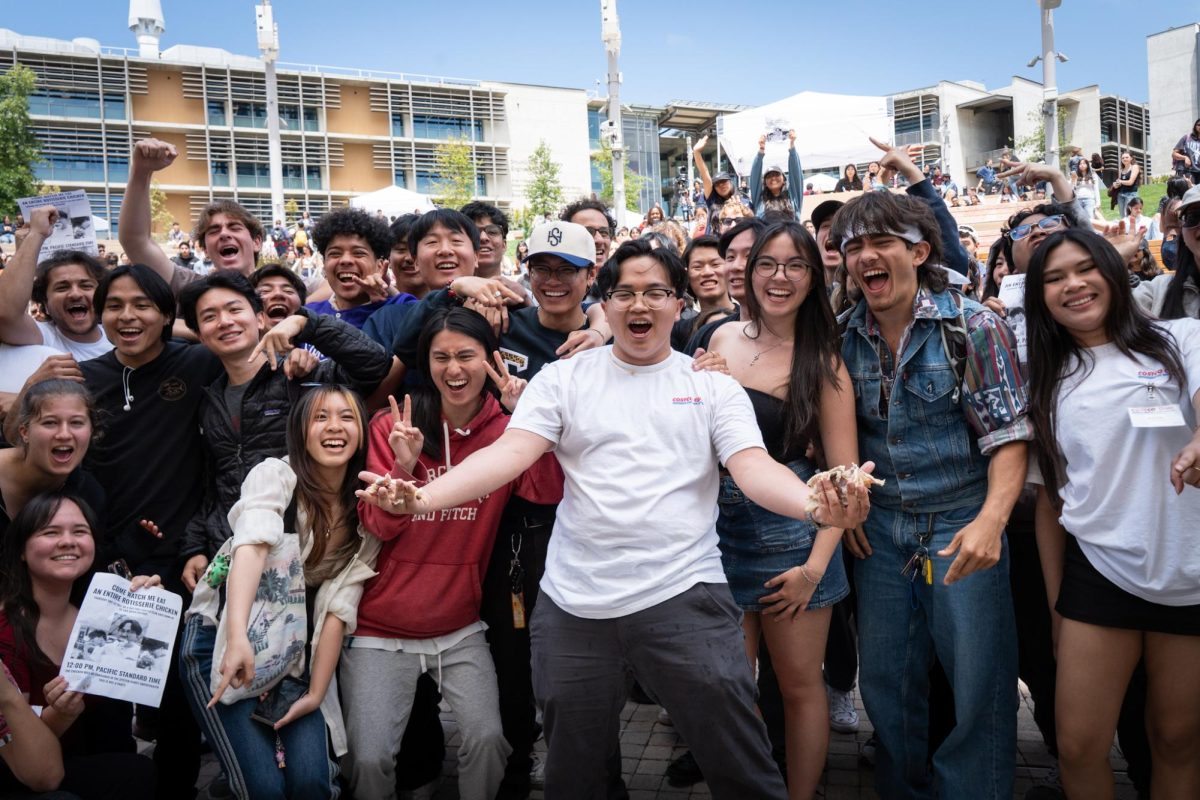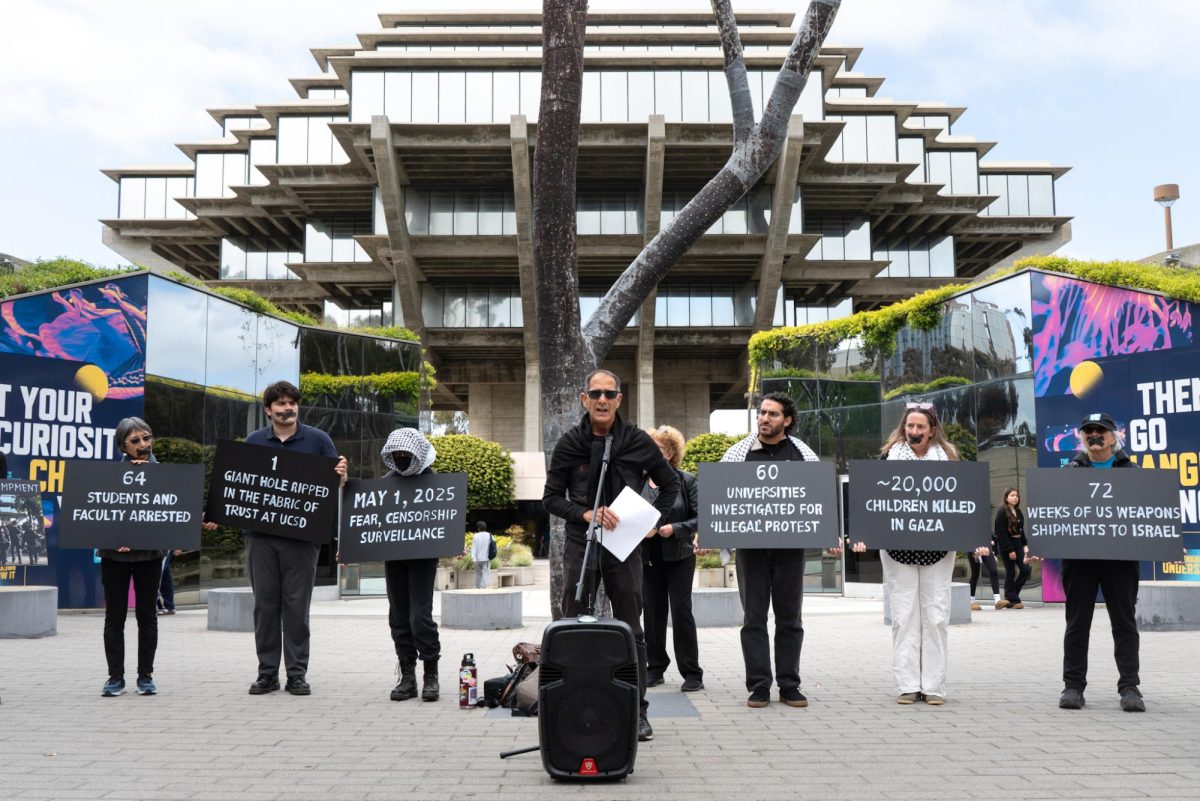This year’s UCSD freshman class experienced a significant increase in the number of out-of-state and international students, compared to numbers from the previous year, according to data released in June. This nonresident growth follows a system-wide trend that has proven to be controversial as Californians worry about their own spots in the UC system.
According to the UC system’s preliminary headcount of intended freshman, nonresidents comprise about 33.3 percent of the incoming freshman body at UCSD, up from 27.4 percent last year. UC Irvine and UC Davis also experienced surges in the proportion of nonresidents, from 20.3 percent to 27.1 percent and 17.1 percent to 26 percent, respectively.
The enrollment of out-of-state and international students has been used as a tool to counteract the loss of public funding granted to the school by state legislators, as evident in a 2010 UC Commission report recommending that “the [University of California] allow campuses to increase the number of undergraduate nonresident students … to sustain current instructional capacity and quality.” Nonresidents pay an extra $24,024 on top of the $12,200 tuition that Californians pay, according to the information on the University of California admissions site.
The Great Recession in 2007 prompted the most recent iteration of the UC system’s funding cuts when state budgets crumpled. This was coupled with a 32-percent increase to in-state tuition in 2009.
Nathan Bostrom, the University of California’s Chief Financial Officer, explained to sources that increasing nonresident enrollment, and by extension increasing tuition revenue, has been viewed by the administration as a way to offset the loss of funding.
“Nonresident enrollment is one revenue source to help with the shortfall,” Bostrom told the San Francisco Chronicle last month.
Since 2007, the proportion of nonresidents in the University of California student body has grown from 2 percent to nearly 30 percent. The increasing number of nonresidents has left Californians concerned about their own level of access to the UC system, as residents must now compete with fiscally appealing nonresident undergraduates.
Rohini Ashok, a San Jose, Californian mother, expressed her dissatisfaction with the UC system’s tendency to admit nonresidents by creating a petition called “UC for Californians.”
“It feels like we’re being sold out, or the kids are being sold out,” Ashok told the Oakland Tribune.
UCLA and UC Berkeley, the two largest schools in the UC system, have already imposed caps on the proportion of nonresidents in future incoming-freshman classes. The nonresident population at the two universities is now fixed at around 30 percent of the student body. As part of the deal, however, the student body also remains fixed, meaning a cap has effectively been placed on in-state spots as well.
UC President Janet Napolitano defended the cap by explaining that nonresidents helped subsidize the education of Californian residents, and thus a cap on one meant a cap on the other.
“In the past, we have admitted more California residents than we were funded for,” Napolitano said in a budget hearing in March. “We are not in a position to do that in the future.”
The UC administration blames state law-makers for the enrollment debacle, who have butted heads with UC President Janet Napolitano in the past over the lack of funding. Bostrom told the Chronicle he seconded Napolitano’s statement.
“We’d love to add more California students,” Brostrom said. “But we need to get funding from the state to do that.”
Alternatives to nonresident admissions have been explored, including last year’s highly-controversial tuition-hike proposal, which would have seen in-state tuition increase 5 percent annually through 2019.
As the nation continues to recover from the Great Recession, future plans are in the legislative pipeline to begin reallocating funds to the UC system: the State Legislature intends to ease the UC system’s funding woes slightly by planning to grant an extra $25 million to the UC system if it manages to enroll an extra 5,000 Californian undergraduates for the 2016-17 school year.
Future investments requires cooperation between the two parties, according to California State Assemblymember Kevin McCarty (D-Sacramento).
“We need to know this is a partnership with the state of California and the UC system so we can focus on providing more resources,” McCarty said during the assembly hearing when this deal was first proposed.
The proportion of Latino students from California continues to rise to 30.2 percent of the ethnic makeup of this year’s freshman class, up from 29.8 percent last year. Blacks, however, remain at 4.1 percent system-wide, with UCSD having the lowest proportion at 1.9 percent.


